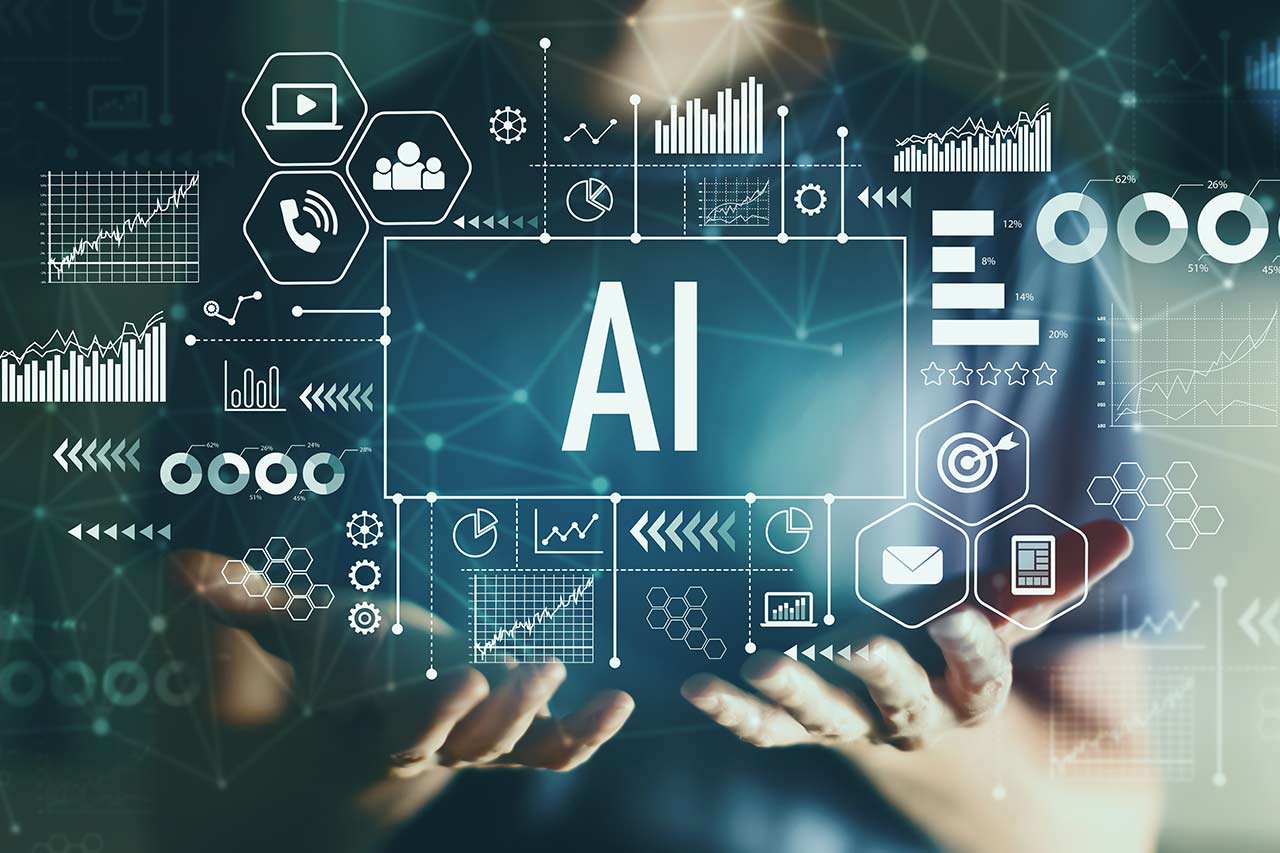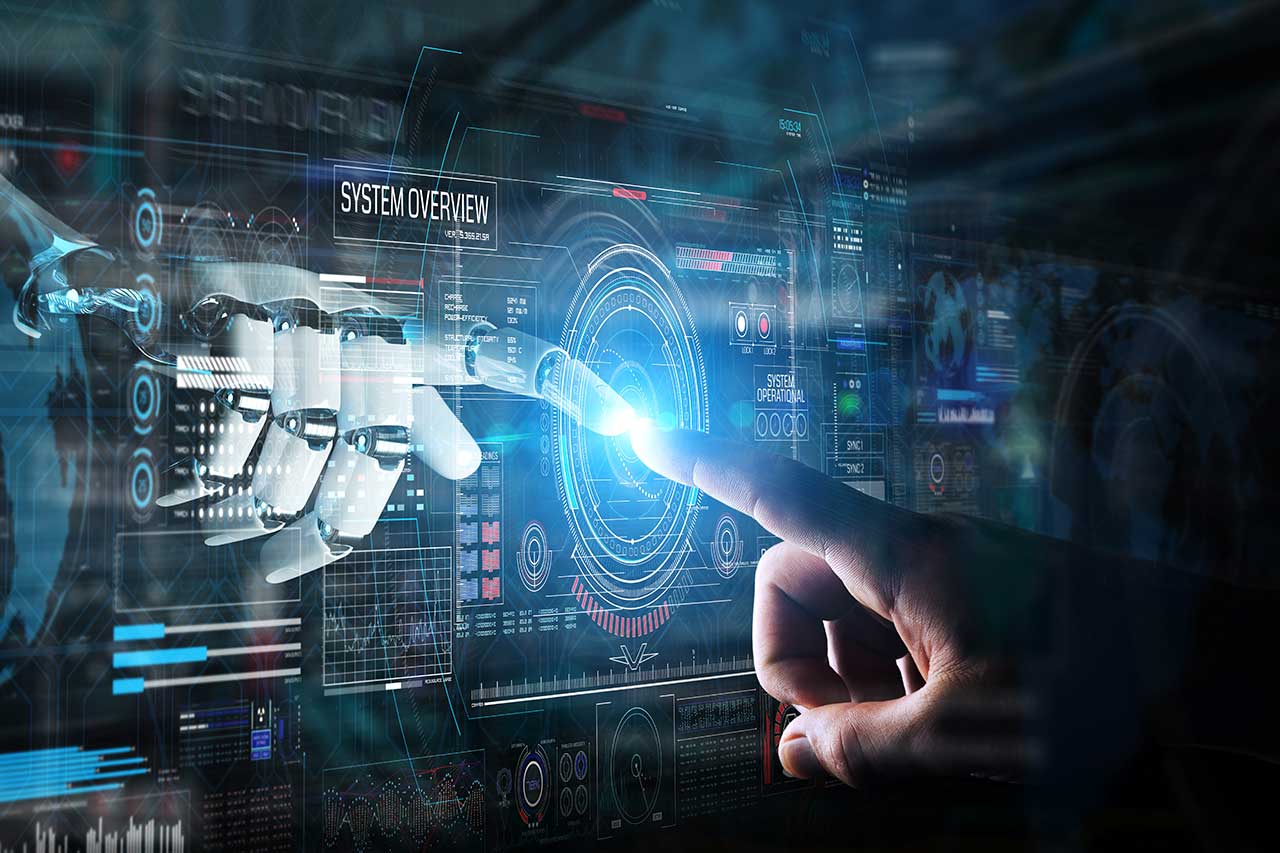What are the applications of Computer Vision in healthcare?
Application n°1: revolutionize medical diagnostics
Medical diagnostics are often based on the analysis of various forms of imaging: x-rays, computed tomography (CT scan), magnetic resonance imaging (MRI), ultrasound, positron emission tomography (PET scan) or fluoroscopy. The analysis of these images is time consuming and frequently requires the knowledge from a medical professional with a strong expertise in this form of imaging. Computer Vision solutions have therefore emerged to assist doctors in the analysis of these images. If these technologies are not yet fully autonomous, they can help evidence areas of concern and reduce the time required by the physician to detect an anomaly and perform the diagnostic.
Application n°2: enhance medical imaging quality
Images captured on patients or samples are regularly imperfect. Computer Vision technology can also be of assistance at this stage of the imaging process, with software solutions able to reduce blur, improve contrast, reduce background noise, or improve the image in other ways. These methods therefore can greatly facilitate the work of the physician by providing a clearer picture of the situation, or even to identify previously invisible issues. These Computer Vision models are also used in medical research, where fluorescence microscopy and other imaging techniques are major research tools,and could help in gaining further understanding of physiology or help the development of new therapeutic solutions.
Application n°3: optimize surgical precision
AI can be used with advanced equipment to guide surgeons when performing procedures. Surgical equipment has evolved to include AI guidance systems capable of performing more precise tasks, reducing pain and complications and facilitating recovery. To control these robots, doctors rely on cameras, and Computer Vision can be used to enhance their understanding of the area of operations. A 3D render of the zone can be obtained, or the image can be annotated with text and guides to help with the realization of the surgery.
Discover how our team can support you in your AI in healthcare projects >
Remaining challenges and limitations of Computer Vision in healthcare
Despite the benefits that Computer Vision algorithms could bring to the healthcare industry, many challenges and limitations are still present and might prevent these technologies from being widely used in the industry.
Trust and transparency
The first challenge is the black box nature of many AI algorithms. While AI can provide accurate diagnoses, it is often difficult to understand how the algorithm arrived at a given conclusion. This lack of transparency can make it difficult for healthcare professionals to trust the technology and integrate it into their workflow and might hinder the spread of these technologies due to regulatory limitations. For example, a Computer Vision model was developed to perform skin cancer detection on images from medical datasets, where cancer was present. It was discovered that the model was identifying patterns based on rulers and pen markings present in all malignant cancer images.
Data availability and rare pathologies diagnostic
Another limitation is the availability of data. AI algorithms are trained on large datasets, so the diagnostic of rare diseases might be compromised by the lack of high-quality data availability. This lack of performance in rare cases might impact the general adoption of these Computer Vision solutions, as doctors might not be willing to use a tool that does not perform well in rare cases, which are the hardest to diagnose. Training data are also frequently not representative of the entire population, and the resulting Computer Vision models can underperform for a specific gender or minority, leading to differences in quality of care.
Data Privacy
Data privacy is a big hurdle for Computer Vision and digital health in general. Healthcare information is among the most sensitive data related to an individual, and it is important to have a framework to ensure data privacy. Patients can rapidly lose their trust in digital solutions if their information is shared: accidentally in the case of a data breach, or intentionally if their data is used commercially. Hospitals are complex organizations with a wide array of equipment connected to the internet and are therefore a target of choice for ransomwares. Recent events, where millions of medical records including names, social security numbers, diagnosis and treatment were hacked, showed that the industry still has a long way to go to ensure data security and guarantee the trust of their patients in these novel healthcare solutions.
Computer Vision systems have the potential to revolutionize healthcare by assisting doctors in diagnosing and treating patients, improving the quality of medical imaging, and guiding surgeons during procedures. However, there are also significant challenges that need to be addressed before these Computer Vision technologies can be widely adopted. These include the black box nature of many AI algorithms, the availability of data for rare pathologies and population groups, and data privacy concerns. Addressing these challenges and limitations will be critical to ensuring that Computer Vision can be used safely and effectively in healthcare to improve patient outcomes and advance medical research.
The adoption of Computer Vision in the industry raises both challenges and opportunities for healthcare players. Alcimed can help you identify the best strategy for your company to harness the power of Computer Vision and AI in healthcare. Don’t hesitate to contact our specialized team!
[1] Center for Devices and Radiological Health. (2022). Artificial Intelligence and Machine Learning (AI/ML)-Enabled medical devices. U.S. Food and Drug Administration.
About the author,
Lucas, Consultant in Alcimed’s Data team in Switzerland



